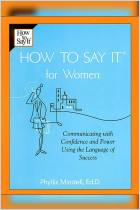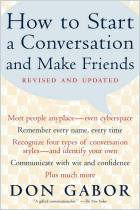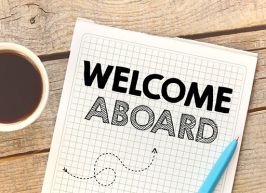Do you struggle with listening to others, or getting your message across to them? You can ease those difficulties by studying Nixaly Leonardo’s insights on active listening and applying her 30 tools to transform your communication skills. Building on her decade of social work, Leonardo covers several aspects of active listening, including mindfulness, empathy, nonverbal cues, and effective questioning techniques. Her accessible techniques will help you improve your ability to hear others at a deeper level of understanding.
To improve your communication skills, learn the basics of active listening.
Active listening calls for paying attention, understanding people’s emotions, and giving other speakers time to talk. Psychologists Carl Rogers and Richard Farson coined this term in 1957, describing it as a conversational skill that enables you to absorb the total meaning of what other participants say, recognize their emotions, and read their nonverbal cues.
You can apply active listening in various situations, whether you’re working with employees and colleagues or handling personal relationships. Therapists and coaches use active listening to make sure people feel supported and heard. In personal relationships, active listening helps individuals feel closer to each other. At work, active listening shows your respect for other people. It demonstrates that you want to understand their ideas before sharing your thoughts.
Developing communication skills is crucial for successful social and professional interactions. Failures in communication can lead to problems at work and in your relationships. These skills ...
Nixaly Leonardo, LCSW, is an experienced counselor, therapist, and life coach.






















Comment on this summary or Iniciar a Discussão